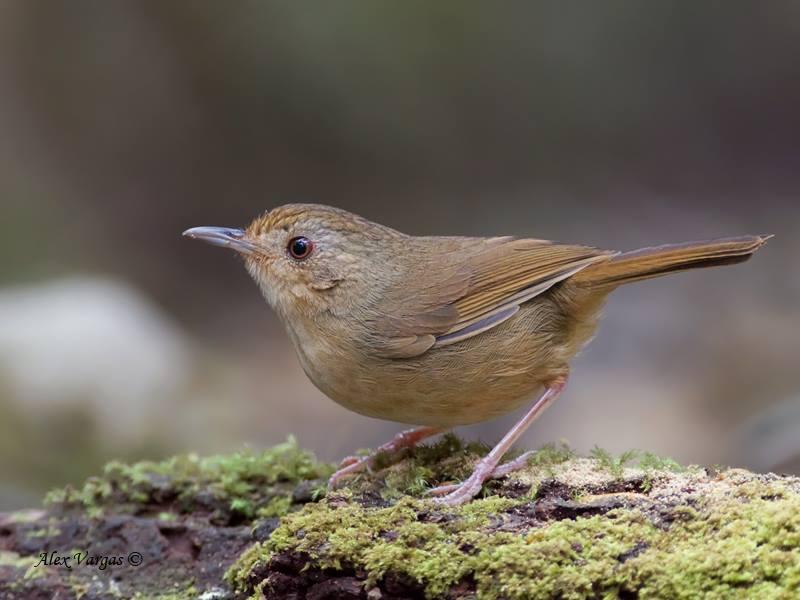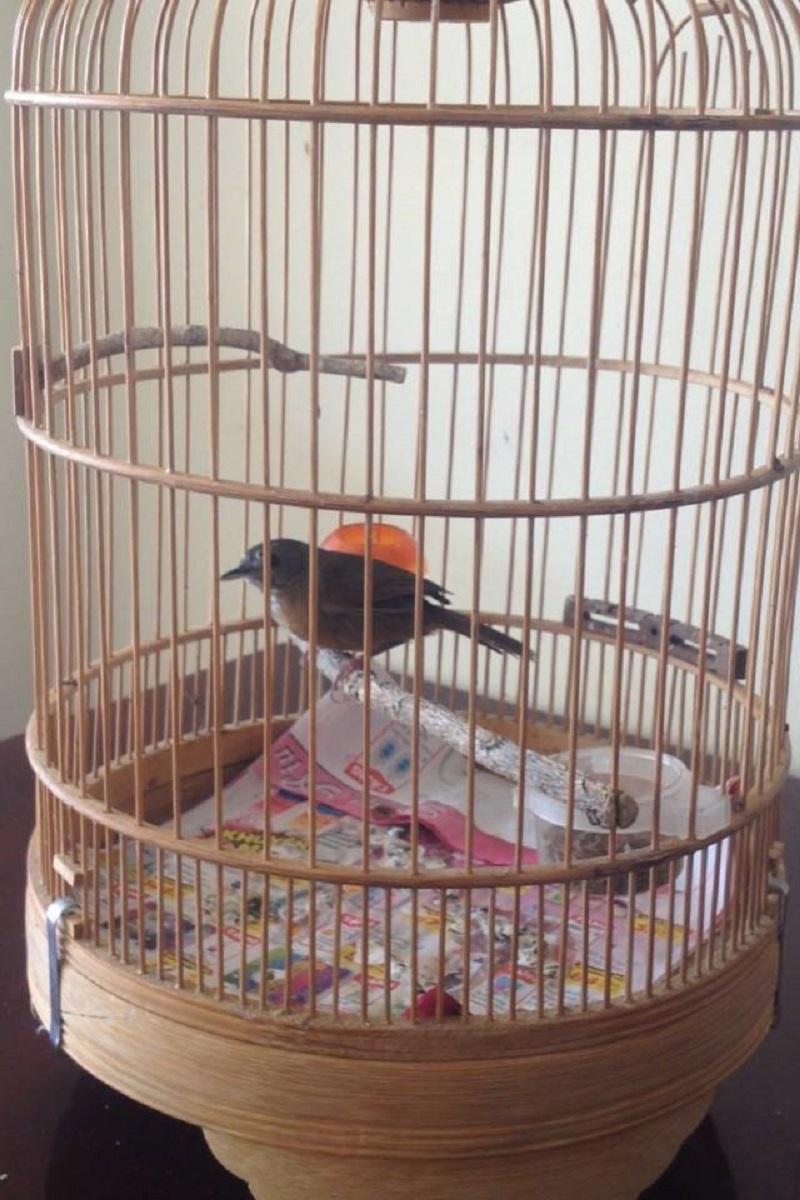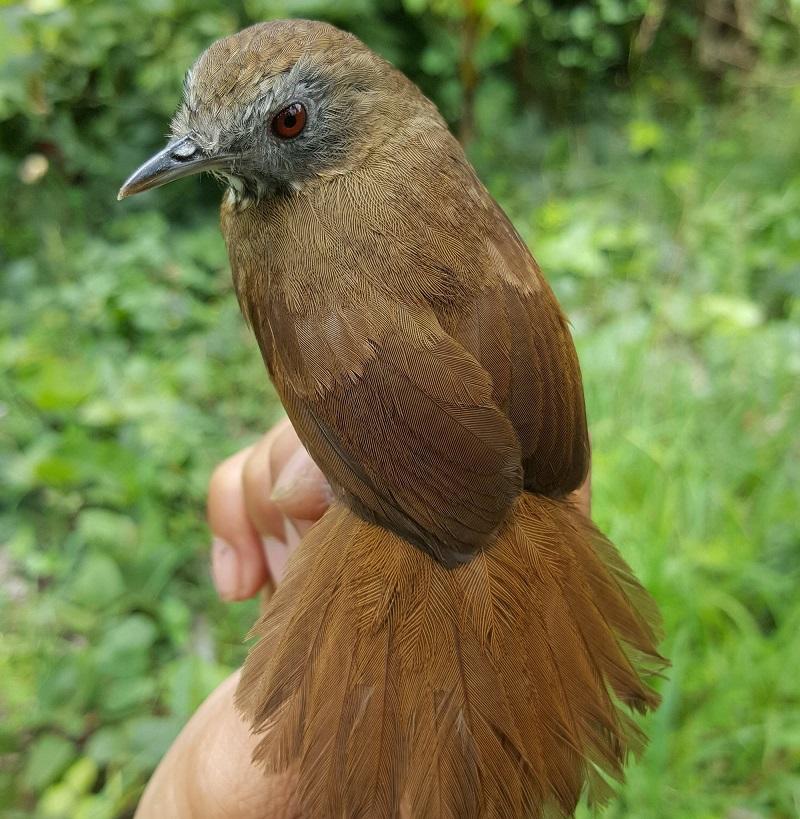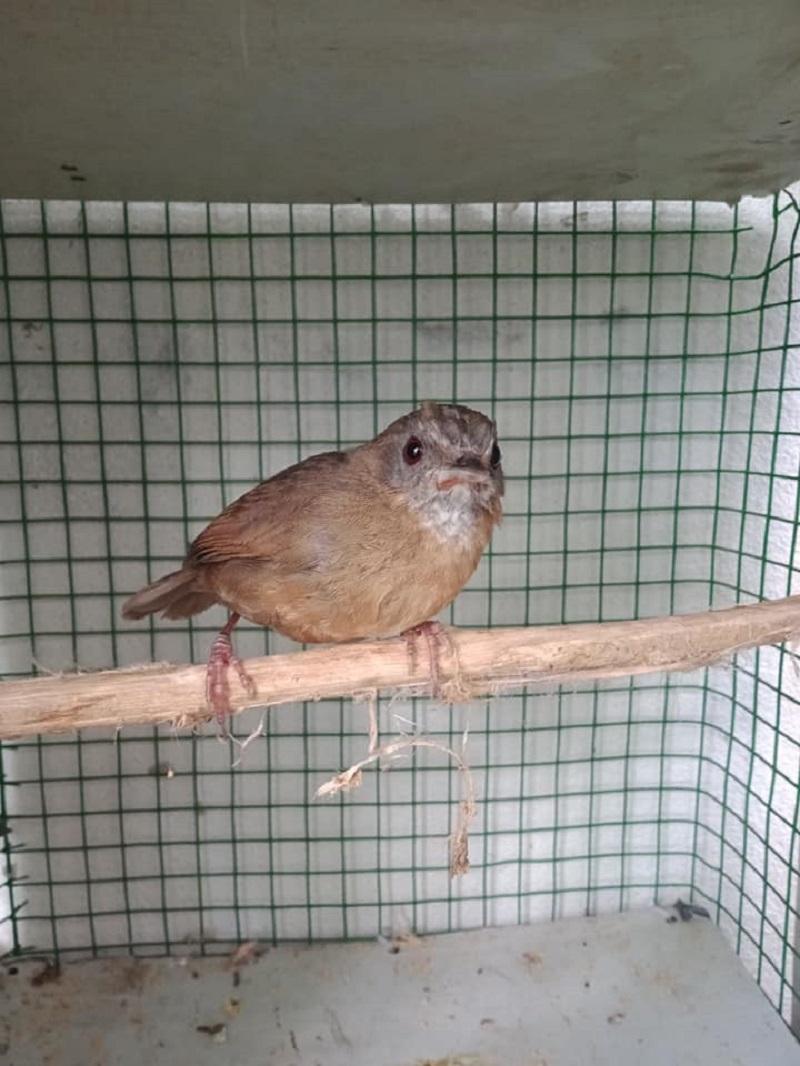The melodious songs of birds always bring a sense of peace and tranquility. Among them, the Red-whiskered Bulbul, with its charming appearance and sweet melodies, has captured the hearts of many. If you’re interested in learning about this bird and how to raise them, let Nongnghiepvietnam.org, Vietnam’s leading agricultural website, accompany you on a journey to discover the world of the Red-whiskered Bulbul.
Discovering Fascinating Facts about Red-whiskered Bulbuls
What is a Red-whiskered Bulbul?
The Red-whiskered Bulbul (scientific name: Pycnonotus jocosus) is a wild bird species that typically inhabits areas with temperate, cool climates. They possess a high-pitched, clear song, reminiscent of a kite’s whistle, captivating listeners.
Identifying the “Singer” Bulbul by its Appearance
At first glance, the Red-whiskered Bulbul resembles a sparrow. However, upon closer inspection, you can easily distinguish them through several prominent features:
- Size: Small, only slightly larger than a sparrow.
- Plumage: Primarily brown-black, with smooth feathers close to the body.
- Beak: Short and strong, enabling them to easily forage in the wild.
- Legs: Thin and small but very strong, serving as powerful “weapons” for self-defense and firm gripping when perched.
 A Red-whiskered Bulbul perched on a branch
A Red-whiskered Bulbul perched on a branch
Distinguishing Male and Female Red-whiskered Bulbuls – “Tips” for Beginners
Distinguishing between male and female birds is crucial, directly impacting their breeding and raising process. Here are some tips to help you identify them accurately:
Based on Song:
- Male: Possesses a high, clear, far-reaching song with diverse melodies.
- Female: Sings softly and briefly, with less clarity than the male.
Based on Appearance:
- Male: Long tail feathers, upper beak longer than lower beak, thick and colorful plumage, dark eyes.
- Female: Smaller body, shorter tail feathers, equal upper and lower beak lengths, lighter plumage than the male, brown eyes.
 Distinguishing Male and Female Red-whiskered Bulbuls
Distinguishing Male and Female Red-whiskered Bulbuls
Breeding Season and Monogamous Nature of Red-whiskered Bulbuls
When spring arrives and the first rains nourish everything, it’s also the time when Red-whiskered Bulbuls enter their mating and breeding season. The ideal time for them to “settle down” is from April to August in the lunar calendar.
Unlike other bird species, Red-whiskered Bulbuls are monogamous and affectionate. Both parents build the nest together, incubate the eggs, and care for the young. The nest is usually built in discreet, safe locations on high branches or dense bushes to avoid predators.
Classifying Red-whiskered Bulbuls
Red-whiskered Bulbuls are classified based on various criteria, such as:
Based on Song:
- Common Singers: Possess a typical song.
- Fighting Singers: Have a beautiful song and can compete with other birds.
Based on Value:
- Singing and Fighting, Accustomed to Captivity: Highest value.
- Good Singers, Non-Fighting: Medium value.
- Fighting Only: Lowest value.
“Revealing” How to Raise Red-whiskered Bulbuls for Beginners
Choosing a Potential “Singer”
Selecting the right bird plays a vital role, directly affecting their singing ability and future health. When choosing a bird, consider the following:
- Origin: Prioritize birds born in the wild or from healthy parents with clear origins.
- Appearance: Choose birds with a balanced, healthy physique, agility, smooth feathers, bright eyes, and no deformities.
- Song: Select birds with a loud, clear, far-reaching song with diverse melodies.
“Building” an Ideal Living Space
The cage is the Red-whiskered Bulbul’s “home,” so choose a suitable cage for their optimal living and development.
- Material: Choose cages made of bamboo or wood, avoiding metal cages as they can make the bird cold in winter and hot in summer.
- Size: The cage should be spacious enough for the bird to fly and move around. The minimum size is 40cm x 40cm x 60cm.
- Arrangement: The cage should be equipped with necessary items such as a water container, food container, perches, swings, etc., for the bird’s comfort.
 How are Red-whiskered Bulbuls classified?
How are Red-whiskered Bulbuls classified?
A “Perfect” Diet for Red-whiskered Bulbuls
In the wild, Red-whiskered Bulbuls typically eat small insects, worms, etc. In captivity, you can feed them the following:
- Dry Food: Birdseed, brown rice, millet, etc.
- Fresh Food: Mealworms, crickets, grasshoppers, locusts, etc.
- Additionally, you can supplement their diet with vitamins and minerals by feeding them green vegetables and fruits.
Note:
- Feed the bird in moderate amounts, avoiding overfeeding or underfeeding.
- Change the bird’s drinking water daily, ensuring it’s always clean.
- Avoid sudden changes in their diet; gradually introduce new foods.
Sunbathing and Bathing – Secrets to a Healthy Bulbul
- Sunbathing: Allow the bird to sunbathe in the early morning for about 30 minutes/day to help them absorb vitamin D and boost their immune system.
- Bathing: Helps the bird maintain hygiene, removing dirt and parasites. Allow them to bathe 2-3 times/week, for about 15 minutes each time.
 How to raise a Red-whiskered Bulbul?
How to raise a Red-whiskered Bulbul?
Secret Recipe for “Delicious” Bulbul Food
Ingredients:
- Chicken eggs: 5
- Broken rice: 250g
- Sugar: 1 tablespoon
- Oyster shell powder and bone meal: 2 tablespoons
Instructions:
- Roast the broken rice until fragrant, then remove from heat.
- Crack the eggs into a bowl and whisk.
- Add the eggs, sugar, oyster shell powder, and bone meal to the roasted rice, mixing well.
- Roast the mixture over low heat until dry.
- Let cool, then store in an airtight container.
Training a Red-whiskered Bulbul to Sing Beautifully – A Challenging “Mission”
Training a bird to sing beautifully is a long process that requires patience and persistence. Here are some tips for training a Red-whiskered Bulbul to sing:
- Choosing a Bird: Select young birds that haven’t learned to sing or are just beginning to learn for easier training.
- Using a Tutor Bird: Use a tutor bird with a beautiful song to encourage the Bulbul to learn.
- Patience: The training process requires patience and persistence.
Frequently Asked Questions about Raising Red-whiskered Bulbuls
When do Red-whiskered Bulbuls start singing?
The time it takes for a Red-whiskered Bulbul to start singing depends on various factors such as breed, living environment, and care. Typically, they begin practicing their song around 4-5 months of age.
Effective Methods for Trapping Red-whiskered Bulbuls
To trap Red-whiskered Bulbuls, you can try the following methods:
- Using a Trap Cage: Place a trap cage in areas where the birds frequently appear, with food and water inside.
- Using a Decoy Bird: Place a decoy bird in the cage to attract Red-whiskered Bulbuls.
Current Market Price of Red-whiskered Bulbuls
The price of a Red-whiskered Bulbul ranges from a few hundred thousand to several million VND per bird, depending on factors like breed, appearance, and singing ability.
Conclusion
We hope this article has provided you with valuable information on how to raise Red-whiskered Bulbuls. We wish you success in training your ideal Bulbul and don’t forget to visit Nongnghiepvietnam.org for more useful knowledge on crop cultivation and animal husbandry!
